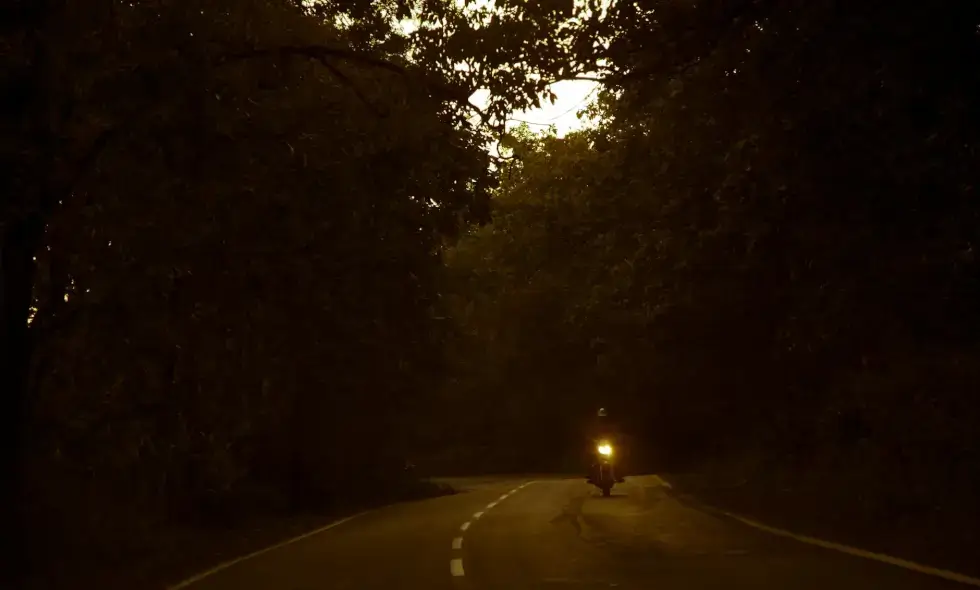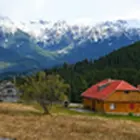Significant Motorway Developments in Romania Romania is facing significant motorway developments, particularly concerning the sections under construction, which in many places traverse difficult, mountainous terrain. Work has already begun on numerous projects, but most are in a semi-complete state. The construction of the North Transylvania motorway, for example, has been ongoing for twenty years, and the completion date remains uncertain.
Tunnel Constructions According to a summary by Hotnews, the upcoming construction works involve plans for at least 73 tunnels, for which construction permits or approved feasibility studies are already available. Further plans are in progress, such as for the Ploiești – Comarnic – Brașov section, which crosses the Southern Carpathians. Started and Planned Tunnels So far, the construction of a single mountain tunnel has begun on the Sibiu-Pitești motorway section between Tigveni and Curtea de Argeș. A total of nine bored tunnels are planned for the Sibiu-Pitești motorway, the longest of which will be the Poiana tunnel, located between Tigveni and Cornetu, and it will be 1.7 kilometers long. Another significant project is the motorway named Union, which connects Târgu Mureș with Iași and the town of Ungheni on the Romanian-Moldovan border. Here, 61 tunnels are planned along the 320-kilometer section, including 14 in the Moldovan part.
Environmental Considerations The construction of motorways will have significant impacts not only on traffic and the economy but also on the natural environment. It is important to consider the movement of wildlife and ensure their passage during the planning stages. Otherwise, busy highways will isolate habitats from one another, which could have catastrophic effects on the survival of many species. Two tunnels are being built specifically for the free movement of wildlife on the Southern Transylvania motorway, which passes through the Western Carpathians. ### Wildlife Crossings and Safety Risks Properly designed wildlife crossings and protective facilities, such as fences, are important for the safety of both animals and humans. Many accidents have occurred due to large animals wandering onto roads. The best wildlife crossings are considered to be bored tunnels, as they minimally alter the landscape.
Professional Recommendations Biologist Szilárd Sugár stated that the number of planned tunnels looks good from an environmental perspective, but it is important to consider what the area will look like after construction is completed. For example, the surroundings of bear crossings are traversed by trucks, which could result in the creation of new roads and increase the potential for disturbance. The Milvus Group Bird and Nature Protection Association has made several suggestions regarding wildlife crossings and, as part of an international project, developed detailed recommendations for Central and Eastern European countries. ### Conclusion Properly regulated and carefully planned motorway constructions can be favorable for wildlife protection in the long term, but this requires caution and consistent regulation. To minimize the environmental damage caused, planning must be done in a timely manner, considering the movement of wildlife and the protection of their habitats.









